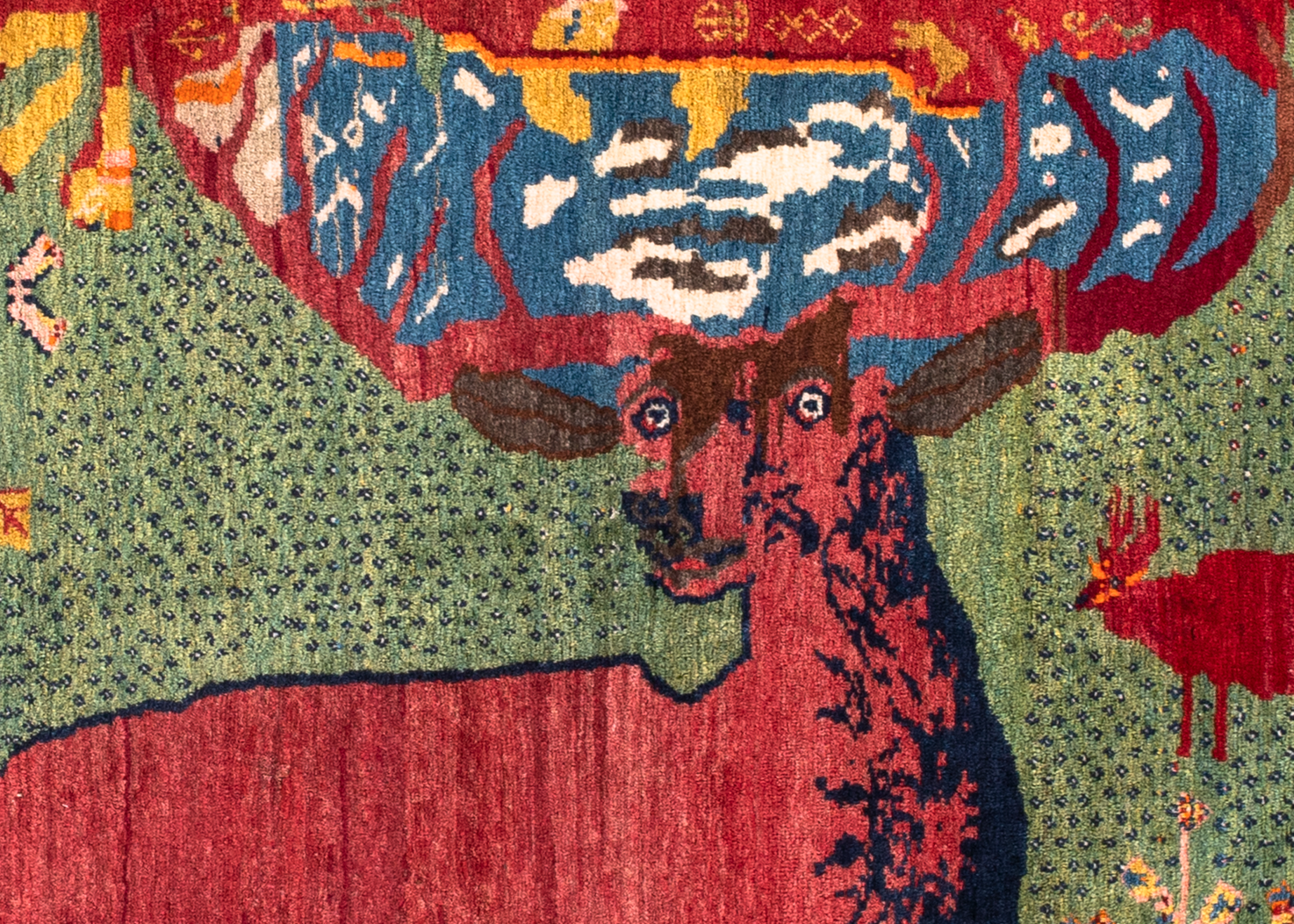Kilim and Rug Motifs in Turkish Rug and Mythology
Turkish communities, whose journey of existence started in the steppes of Asia and continues today all over the world, has quite rich mythological narratives, although not as famous as Greek and Roman mythology. The origins of these narratives, most of which are included in oral culture, can be found in various Chinese sources and archaeological studies. The places where these narratives find their true expression are undoubtedly Turkish kilims and Turkish rugs.
Mythological narratives are a great legacy that connects us to our ancestors, describing the common lives of people for centuries, our similar questions and problems in life with the mastery of imagination. This week on Nomads Loom Blog, we wanted to share with your Turkish rug motifs, the source of which is mythology.
The Origin of Eagle and Bird Motifs on Rugs
All 24 Oghuz tribes believed to be the ancestors of the Turks living in Anatolia base their origins on a bird totem. These bird motifs were also symbols of the tribes in question. Among the bird motifs that we encounter in various scientific weavings, one of the most prominent ones since the 1300s is the eagle motif. Since the Anatolian Seljuk state chose the double-headed eagle figure (Oksoko), which is a symbol of Turkish mythology, as the symbol of the state, the use of the eagle is increasingly seen among the carpet motifs since the carpets dating back to this state. The eagle motif symbolizes power, strength, ability to rule and fairness to those who rule.
Dragon Pattern on Turkish Rugs
The dragon is a mythical animal that we encounter frequently, especially in Asian culture. With their depictions reminiscent of reptiles and various dinosaur species, dragons begin their lives underground, after completing their development, they rise to the sky and fly above the clouds. It is they who enable plants to grow and grasslands to green. For the nomadic Turks, who were engaged in animal husbandry, the growth and greening of plants was of vital importance. So much so that it was the gradual decrease of the pastures that feed the animals that caused the world history to undergo a radical change by initiating the migration of tribes. From this point of view, it is not surprising that the animal that turns the wheel of the sky, causing time to flow and history to change, is the dragon. Among the carpet motifs and meanings, the dragon is an important symbol that points to the reason for the existence of the nomads. It represents fertility by making it rain, nature to be respected and sometimes feared by causing drought.
The Tree of Life Motif Meaning in Turkish Rugs
The tree of life symbol is a common symbol in almost all cultures of the world. It is found in all cultures with similar meanings. For Turkish cultures, who took their nature consciousness and respect for nature from their nomadic ancestors, the tree is a living creature that carries a soul within it and that needs to be respected and protected. It is believed that a tree that is cut down while it is still alive will offend the spirit of the tree and cause various disasters. Dry trees collected for burning or processing are also treated with gratitude and respect. For this reason, the Turks chose the tree of life as a symbol and used it as a carpet motif to describe their “life journey”. The tree of life symbolizes being born as a part of nature, living with respect to nature and finally returning to nature by dying.
Meanings of Rug Motifs: Kids, or Childs Motif
Since the earliest examples we have come across, the kid’s motif is one of the most common uses of the human figure among Turkish rug motifs. It is thought that its origin is based on the Mother Goddess narrative in Turkish mythology. Not only in Turkish mythology, but also in many mythologies, the child is the symbol of pure life energy, innocence, and fertility. Representing the moon in the sky in Turkish mythology and the goddess of waters and seas, Ak Ana is depicted as a woman of eternal light and tells Ulgen to create humans. Turkish rug art has embroidered this fertility call of White Ana (mother) into rugs and kilims with a child-kids motif.
Turkish Rug Art and Deer Motifs
The figure of the deer is a motif strongly traced in many cultures, from distant Asia to Scandinavia and America. In Turkish mythology, the deer motif represents the spirit of nature, which gives life to human beings, the wisdom and power of rule that the Turks received from their ancestors. It is one of the motifs that best expresses the old Turks’ view of nature. In ancient Turkish beliefs, game animals are not a sign of people’s superiority over nature, on the contrary, they are a blessing that deserves the highest level of respect that nature offers to people. For this reason, among Turkish rug and kilim motifs, deer is one of the powerful symbols of transferring the power of nature as a spirit from generation to generation. Many Turkish language countries attribute the source of the authority they receive from the god to deer totems.

